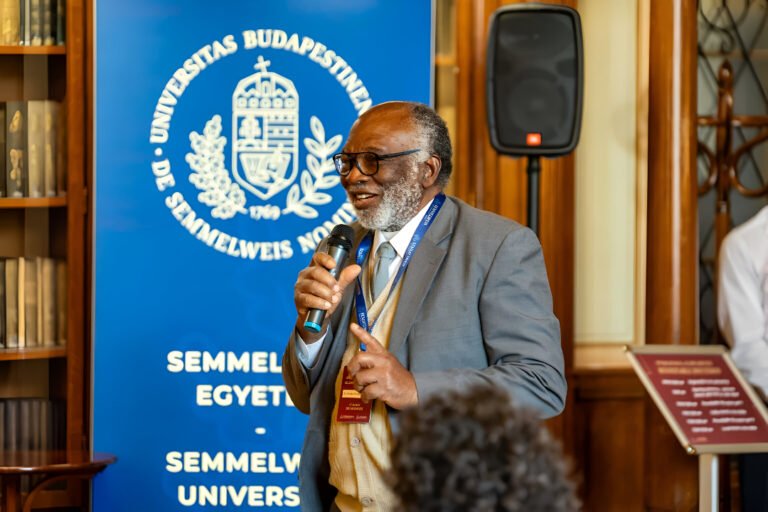
Hungary’s largest domestically developed nanosatellite, WREN–1, is now fully operational and transmitting its first high-resolution images, supporting efforts to monitor drought and advance precision agriculture.
Launched into orbit in August 2024 by a consortium led by COMBIT IT Co. Ltd. alongside Obuda University, Széchenyi István University, and C3S Ltd., WREN–1 is designed to help forecast drought risks, which have grown with global climate change.
Obuda University played a central role in the satellite’s development. Under the initiative of Prof. Dr. Levente Kovács, Rector of Obuda University, and with coordination by Dr. habil. György Eigner, the university’s team designed and installed a microvibration analysis system to enhance image quality. This unit, developed by faculty experts Dr. Sándor Gyányi and Dr. habil. Tibor Wührl with technical assistance from Tamás Csibrák, supports more precise soil moisture and vegetation monitoring.
Following extensive testing, the satellite is now regularly collecting multispectral data over Hungary’s farmland. By integrating satellite imagery with data from 116 ground-based stations operated by Hungary’s General Directorate of Water Management, researchers aim to build more accurate models for soil moisture and crop health. The system uses artificial intelligence to process imagery, providing farmers with timely insights to optimize irrigation, nutrient management, and spraying.
WREN–1 operates in low Earth orbit at about 500 kilometers and is expected to continue service for three to five years. Its unique capability to “look sideways” allows it to cover wider areas, increasing data collection frequency over key agricultural zones.
Currently, developers are refining algorithms for automatic data pre-processing, a crucial step toward making the technology widely usable. A public web platform and programmable API are being developed to ensure broad access to the satellite’s data.
Supported by a HUF 756.55 million EU grant, WREN–1 marks a major milestone for Hungary’s digital agriculture and space industry, laying the groundwork for future multi-satellite systems and potential European collaborations.
Source: Obuda University






